How to Start Fish Farming in Uganda?
Frustrated by uncertain income? Fish farming in Uganda offers a promising path to prosperity. It's a growing industry with strong local demand.
Fish farming in Uganda can be a very rewarding venture. With the right planning and knowledge, you can tap into a thriving market. This guide will help you understand the key steps to get started and succeed.
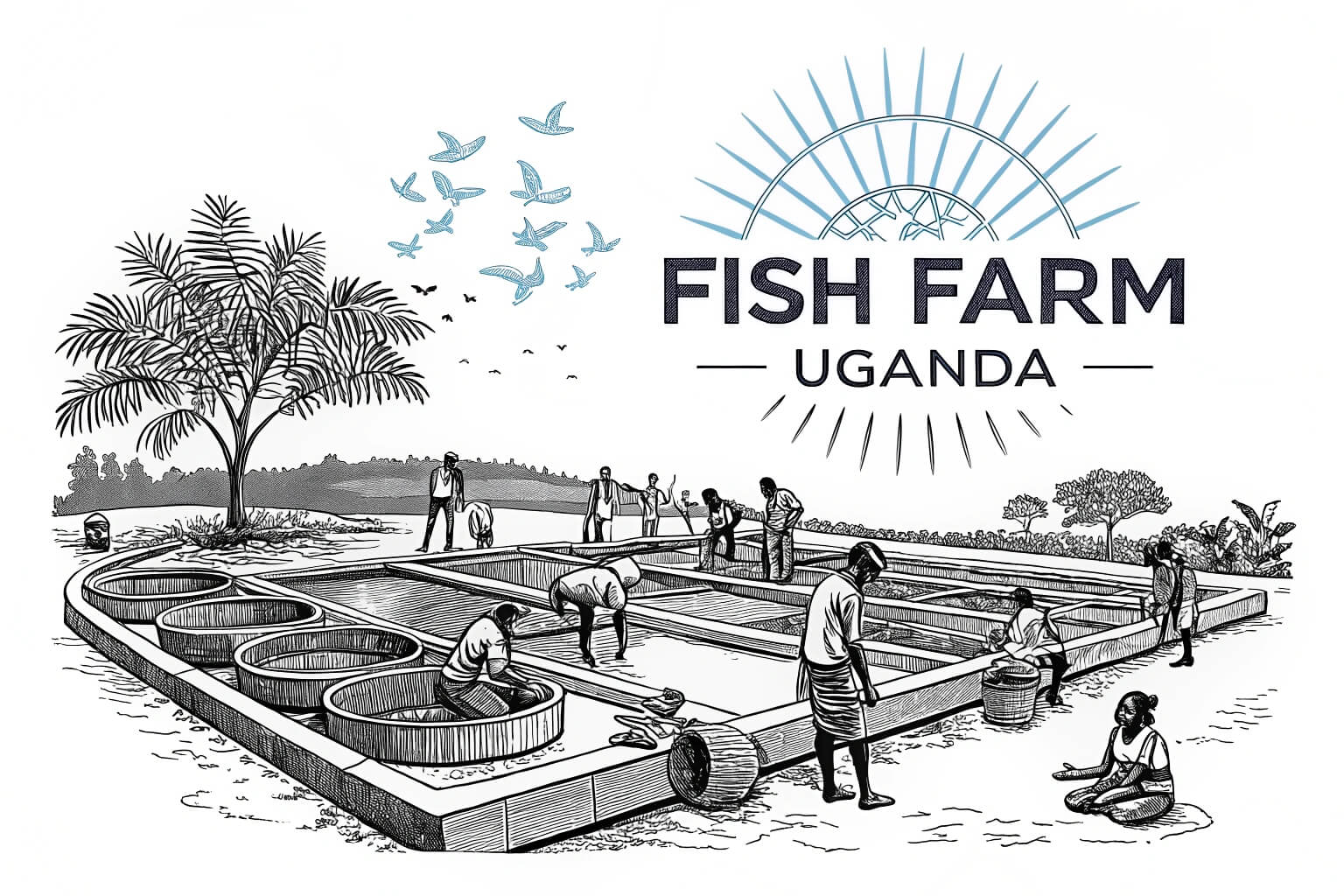
Starting a fish farm might seem complex, but it's achievable. We'll break down the essential aspects, from initial costs to market realities, helping you navigate this exciting opportunity in Uganda's aquaculture sector.
How much is needed to start fish farming in Uganda?
Worried about high startup costs? Initial investment for Ugandan fish farming varies, but options exist for different budgets. Careful planning is key to affordability.
Starting fish farming in Uganda requires capital for pond construction, fingerlings, feed, and equipment. Costs can range from a few million to tens of millions of Ugandan Shillings, depending on scale and system type. Researching and budgeting carefully is crucial.
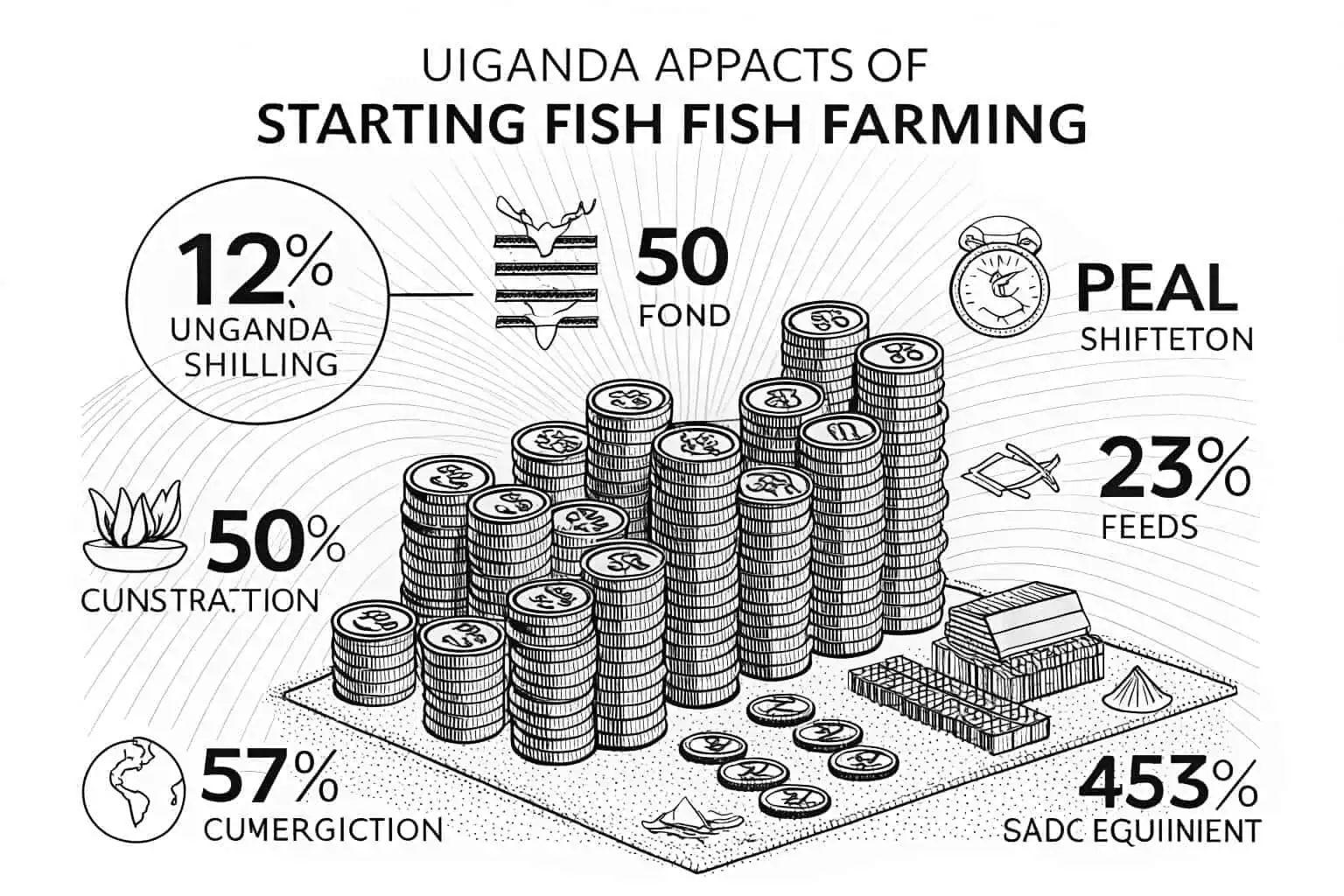
Let's dive deeper into the financial aspects. The initial outlay is a significant consideration for any aspiring fish farmer in Uganda. Understanding the components of this cost will help you plan effectively. We can break down the typical expenses1 into several categories.
Initial Investment Breakdown
| Expense Category | Estimated Cost Range (UGX) | Notes |
|---|---|---|
| Pond Construction2 | 2,000,000 - 20,000,000+ | Varies by size, type (earthen, liner, tank), and excavation method. |
| Fingerlings | 500 - 1,500 per piece | Depends on fish species (e.g., Tilapia, Catfish) and supplier. |
| Fish Feed | 2,500 - 5,000 per kg | A major recurring cost; quality impacts growth and profitability. |
| Water Source & Pumps | 500,000 - 5,000,000+ | Borehole, tap water connection, pumps, and piping. |
| Nets & Equipment | 300,000 - 2,000,000 | Seines, harvesting nets, buckets, weighing scales. |
| Licenses & Permits | 100,000 - 500,000 | Varies by district and scale of operation. |
| Labor (Initial) | Variable | For pond construction and setup. |
Cost-Saving Strategies
For those starting on a tighter budget, there are ways to manage initial costs. Consider starting with smaller earthen ponds, which are generally cheaper to construct than concrete or liner ponds. Phasing your project, beginning with one or two ponds and expanding as you gain experience and capital, is another sensible approach. Exploring options like Bancy's collapsible fish tanks3 can also significantly reduce upfront infrastructure costs and offer flexibility, especially for small to medium-scale farmers. These tanks are easier to set up and can be relocated if needed, providing a cost-effective alternative to traditional ponds.
Accessing Finance
Securing funding can be a hurdle. Look into government initiatives that support aquaculture4, as they sometimes offer subsidies or training programs that can alleviate financial burdens. Microfinance institutions and agricultural banks in Uganda may also provide loans tailored for agribusinesses. Preparing a solid business plan is essential when seeking any form of financing. It demonstrates your understanding of the venture and its potential returns, making you a more attractive candidate for investment or loans.
Is fish business profitable in Uganda?
Doubting the returns? Yes, fish farming in Uganda can be highly profitable due to strong local demand and potential for growth. Success depends on good management.
The fish business in Uganda holds significant profit potential. With a growing population and increasing fish consumption, the market is robust. Efficient management, proper feeding, and good market linkages are key to maximizing returns and ensuring a sustainable income.
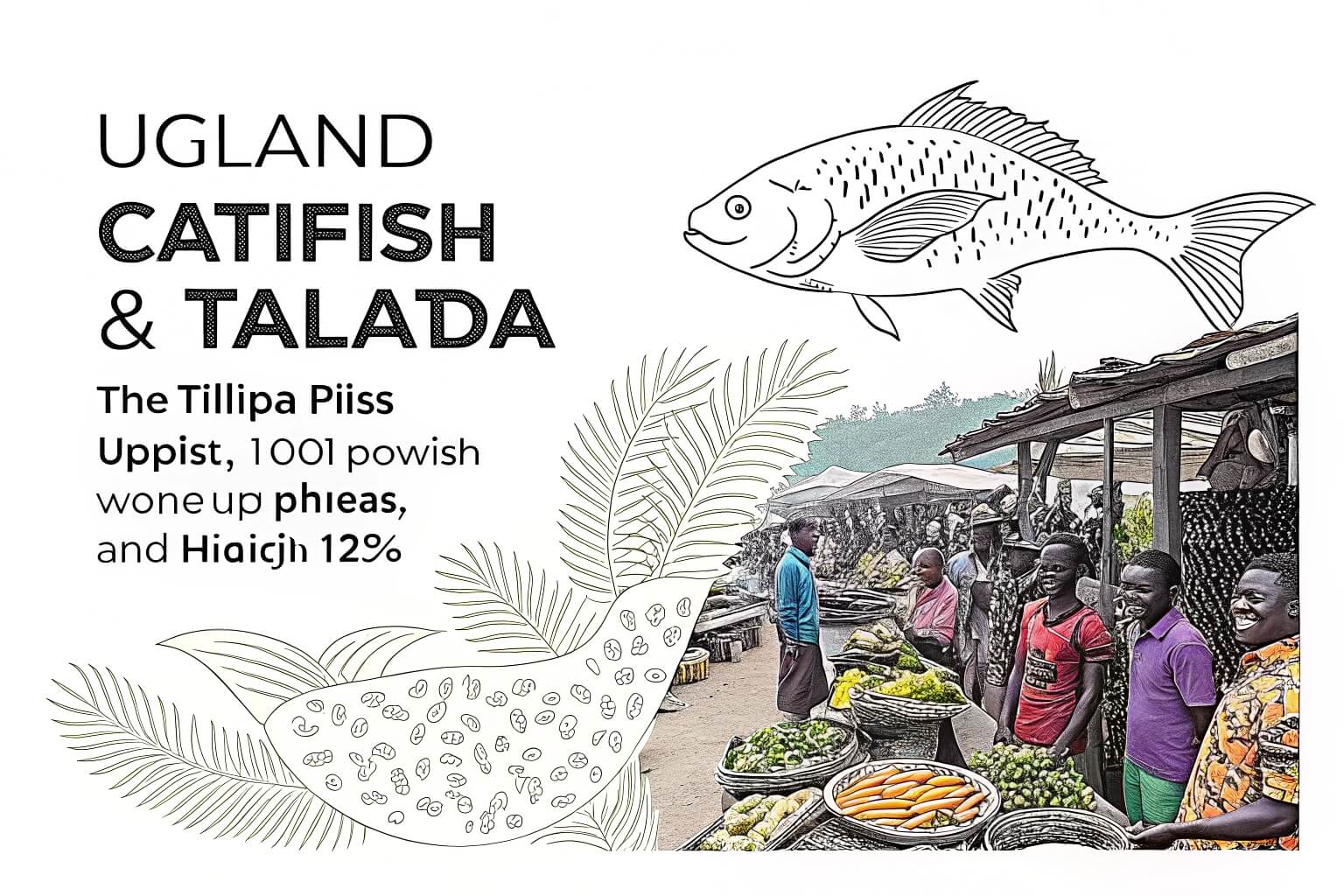
Profitability5 is a core question for anyone considering this venture. The good news is that the fundamentals are strong. Demand for fish in Uganda consistently outstrips local supply from wild catches, creating a ready market for farmed fish. Let's explore the factors that influence how profitable your fish farm can be.
Market Demand and Pricing
The primary driver of profitability is the high demand. Ugandans have a strong appetite for fish, and as the population grows, so does this demand. Prices for fish like Tilapia and Catfish6 are generally stable and offer good margins if production costs are managed well. I've seen local traders and even larger export companies actively seeking reliable suppliers7, which indicates a healthy market. Restaurants, hotels, and supermarkets are also significant buyers. This diverse customer base, from individual consumers to businesses, provides multiple avenues for sales.
Key Profitability Factors
| Factor | Impact on Profitability | How Bancy Products Can Help |
|---|---|---|
| Feed Conversion Ratio8 | Lower ratio means less feed cost per kg of fish produced. | Quality environment in tanks can improve feed uptake. |
| Stocking Density | Optimal density maximizes yield without stressing fish. | Collapsible tanks allow for controlled, manageable densities. |
| Fish Health & Survival9 | High survival rates directly translate to higher output. | Easy-to-clean tanks reduce disease risk. |
| Market Access & Price | Selling at good prices to reliable buyers is crucial. | N/A (Focus on production efficiency) |
| Operational Efficiency | Minimizing waste in feed, water, and labor. | Portable tanks can simplify management and reduce labor needs. |
Challenges to Profitability
While the potential is there, it's not without challenges. The high cost of quality fish feed is a major concern for many farmers in Uganda, as it can significantly eat into profits. Access to quality fingerlings can also be an issue in some areas. Furthermore, poor infrastructure, such as roads, can make it difficult and costly to transport fish to market, especially for farmers in remote locations. Overcoming these challenges requires careful planning, exploring local feed ingredient options, and potentially forming cooperatives to improve bargaining power and market access. My experience suggests that innovative solutions, like Bancy's durable and customizable fish tanks10, can help mitigate some of these operational challenges by providing a more controlled and efficient farming environment.
How much does it cost to start a fish farm?
Overwhelmed by potential expenses? The cost to start a fish farm varies widely based on scale, fish type, and system. It can range from small-scale to large commercial investments.
The cost of starting a fish farm depends heavily on your ambitions and resources. A small backyard pond will cost significantly less than a large commercial operation with multiple ponds or advanced systems like Recirculating Aquaculture Systems (RAS). Key expenses include land (if not owned), pond construction/tank purchase, fingerlings, feed, water systems, and labor.
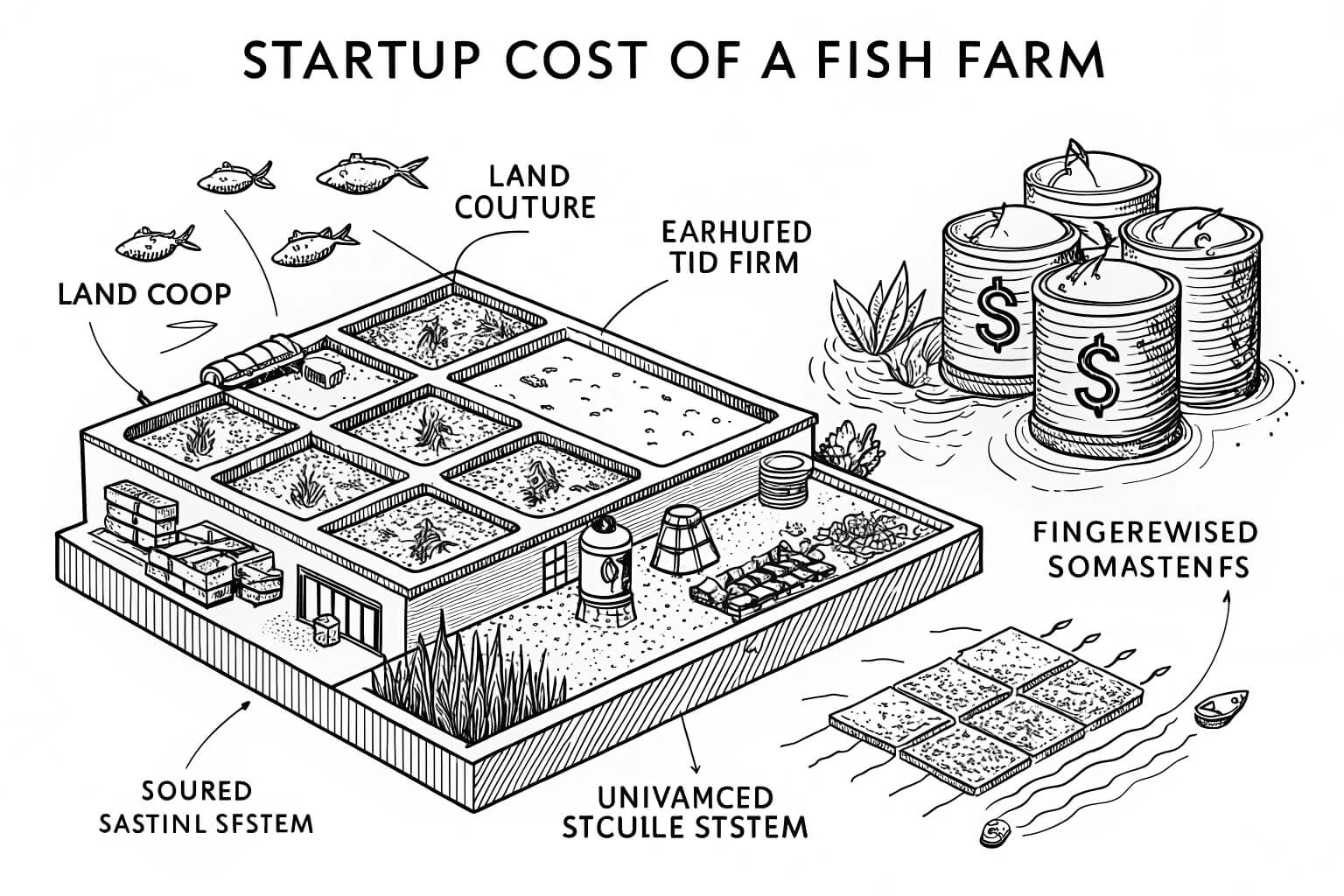
Understanding the cost structure is fundamental. While we touched on this for Uganda specifically, let's broaden the perspective on general fish farm startup costs11, which share common elements globally, then re-contextualize for Uganda. The scale of your operation is the biggest determinant of cost.
Factors Influencing Startup Costs
Several elements contribute to the overall initial investment. Land acquisition or preparation is a major one if you don't already have a suitable site. The type of culture system you choose is another critical factor. Earthen ponds are often the cheapest to construct initially, but may have higher long-term maintenance. Concrete tanks are more durable but costlier. Then there are modern alternatives like Bancy's galvanized pipe fish tanks12 or collapsible plastic fish tanks, which offer a balance of durability, cost-effectiveness, and ease of setup. These can be particularly advantageous in areas where traditional pond construction is difficult or expensive.
Comparative Cost Table for Different Systems
| System Type | Initial Cost | Pros | Cons |
|---|---|---|---|
| Earthen Ponds | Low | Natural environment, lower initial construction cost. | Higher water usage, difficult to control predators, land intensive. |
| Concrete Tanks | Medium-High | Durable, good control over water quality, easier to manage. | Higher construction cost, less flexible. |
| Liner Ponds | Medium | Prevents seepage, can be built on various soil types. | Liner can be damaged, requires careful installation. |
| Collapsible/Frame Tanks (e.g., Bancy's) | Low-Medium | Portable, easy setup, scalable, good for limited space. | May have size limitations compared to large earthen ponds. |
| Recirculating Aquaculture Systems (RAS) | High | Low water usage, high stocking density, controlled environment. | Complex to manage, high energy costs, high initial investment. |
Hidden and Ongoing Costs
Beyond the obvious initial investments, remember to budget for ongoing operational costs. Fish feed13 will be your largest recurring expense. Others include electricity for pumps (if used), water testing kits, occasional medication, labor for feeding and maintenance, and transportation to market. It's also wise to have a contingency fund for unexpected issues, like disease outbreaks or equipment failure. In my view, using robust and easy-to-maintain systems, like Bancy's fish tanks14 which are designed for durability, can help minimize some of these unexpected repair and maintenance costs over time.
How much is digging a fish pond in Uganda?
Curious about excavation expenses? Digging a fish pond in Uganda varies in cost based on size, soil, and method (manual vs. machine). It's a key initial investment.
The cost of digging a fish pond in Uganda can range from a few hundred thousand to several million Shillings. Manual labor is cheaper for small ponds but slower. Hiring an excavator is faster for larger ponds but more expensive per hour. Soil type also impacts difficulty and cost.
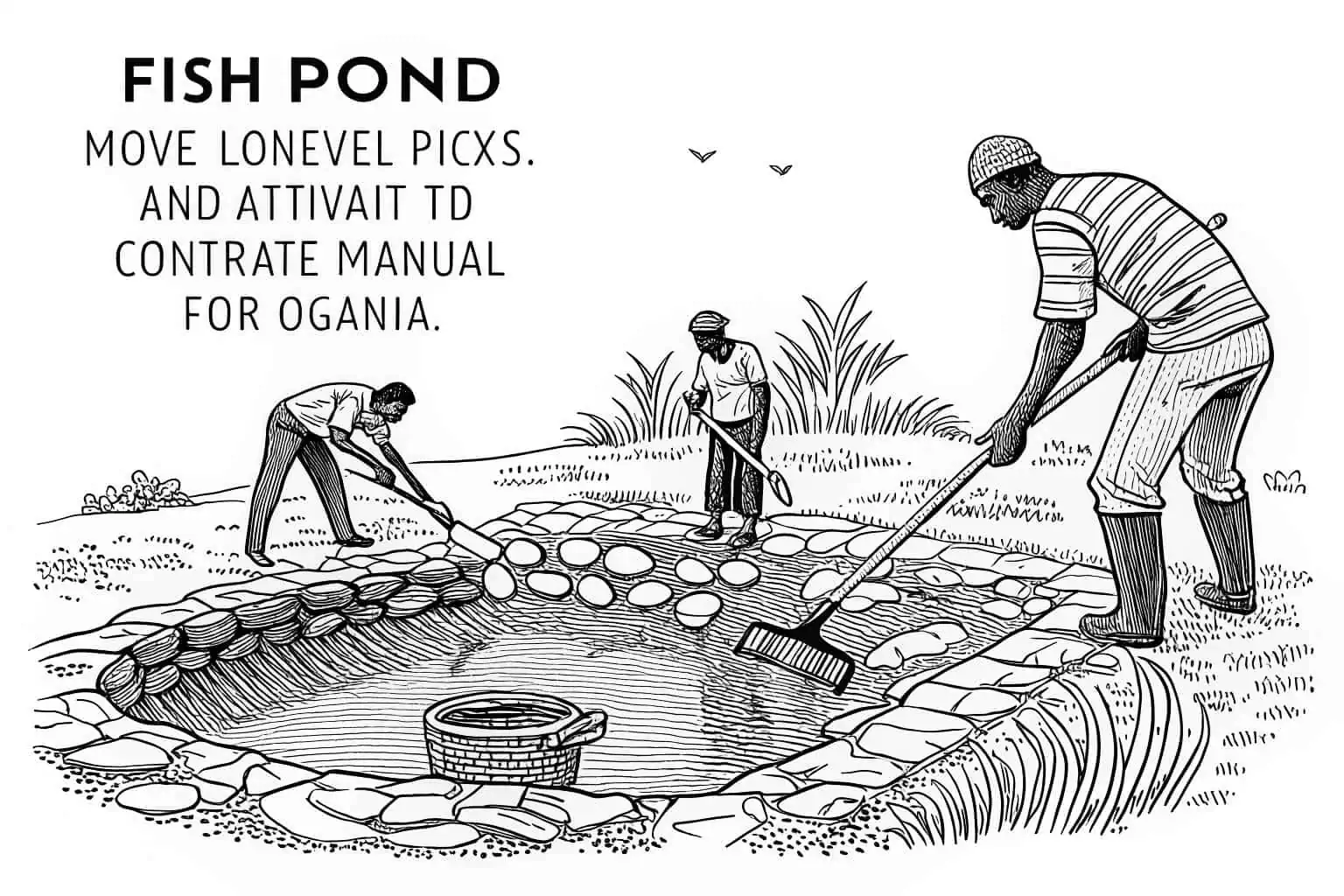
Let's get specific about pond excavation15, as this is often the first major physical step for many aspiring fish farmers using traditional methods in Uganda. The cost isn't just about moving earth; it involves planning and ensuring the pond is suitable for fish culture16.
Factors Affecting Excavation Costs
The primary factor is the size and depth of the pond17 – larger and deeper ponds naturally cost more to dig. The type of soil is also crucial; clay soils are ideal for holding water, while sandy soils may require liners, adding to the cost. The method of excavation18 plays a big role. Manual digging using local labor is common for smaller ponds and can be more cost-effective in terms of direct outlay, but it's time-consuming. For larger ponds, hiring an excavator (machine) is much faster and more efficient, though the hourly rates are higher. Access to the site for machinery can also influence costs. If the site is remote or difficult to access, bringing in an excavator will be more expensive.
Cost Comparison: Manual vs. Machine Excavation
| Excavation Method | Estimated Cost (UGX per cubic meter) | Pros | Cons |
|---|---|---|---|
| Manual Labor19 | 5,000 - 15,000 | Lower direct cost for small ponds, job creation. | Slow, labor-intensive, not suitable for very large ponds. |
| Machine (Excavator)20 | 20,000 - 50,000+ (plus transport) | Fast, efficient for large ponds, consistent. | Higher hourly cost, requires site access, mobilization fees. |
Alternatives to Traditional Digging
It's important to remember that traditional excavated ponds are not the only option, especially in Uganda where land or suitable soil might be a constraint. This is where solutions like Bancy's range of fish tanks come into play. We offer galvanized sheet fish tanks, galvanized pipe fish tanks, and collapsible plastic fish tanks. These options eliminate the need for extensive digging. For instance, our galvanized pipe fish tanks21 are robust, corrosion-resistant, and create a dependable environment. Our collapsible plastic fish tanks22 are lightweight, easy to set up, and durable. These tanks can be placed on leveled ground, significantly reducing or even eliminating excavation costs. This makes starting a fish farm more accessible, especially for those with limited land or capital for extensive earthworks. I've seen farmers in Uganda successfully adopt these tank systems, appreciating the quicker setup and flexibility they offer.
Conclusion
Starting fish farming in Uganda is a viable and potentially lucrative venture. With careful planning, knowledge, and the right tools, success is within reach for aspiring entrepreneurs.
-
Knowing the typical expenses helps in budgeting and financial management for fish farmers. Check this resource for comprehensive expense breakdowns. ↩
-
Understanding the costs of pond construction is crucial for budgeting and planning your fish farming venture. ↩
-
Learn about collapsible fish tanks and their benefits for small to medium-scale farmers, including cost savings and flexibility. ↩
-
Exploring these initiatives can reveal valuable funding opportunities and resources for your aquaculture business. ↩
-
Understanding profitability factors can help you make informed decisions for your fish farming venture. ↩
-
Exploring market trends for these fish can provide insights into pricing and consumer preferences, aiding in better business decisions. ↩
-
Finding reliable suppliers is crucial for maintaining quality and profitability in the fish business; this resource can guide you. ↩
-
Understanding the Feed Conversion Ratio can help optimize fish farming practices and improve profitability. ↩
-
Exploring Fish Health & Survival can reveal strategies to enhance output and reduce disease risks in aquaculture. ↩
-
Discover how innovative tank solutions can enhance fish farming efficiency and address common operational challenges. ↩
-
Understanding the typical costs can help you plan your budget effectively for starting a fish farm. ↩
-
Discovering the benefits of Bancy's tanks can guide you towards a cost-effective and durable solution for your fish farming needs. ↩
-
Understanding fish feed costs is crucial for budgeting in aquaculture, ensuring profitability and sustainability in your operations. ↩
-
Exploring Bancy's fish tanks can reveal innovative solutions for durability and maintenance, enhancing your aquaculture efficiency. ↩
-
Understanding the best practices for pond excavation can help ensure a successful start to your fish farming venture. ↩
-
Exploring factors that affect fish culture can enhance your knowledge and improve your fish farming outcomes. ↩
-
Understanding the factors affecting pond size and depth can help you make informed decisions for your project. ↩
-
Learning about excavation methods can guide you in selecting the most efficient and cost-effective approach for your pond. ↩
-
Explore this link to understand the benefits and drawbacks of manual labor in excavation, helping you make informed decisions. ↩
-
Discover insights on excavators' efficiency and costs, which can guide your excavation project planning. ↩
-
Learn about the durability and corrosion resistance of galvanized pipe fish tanks, making them a top choice for sustainable fish farming. ↩
-
Discover the convenience and cost-effectiveness of collapsible plastic fish tanks, ideal for farmers with limited space and resources. ↩